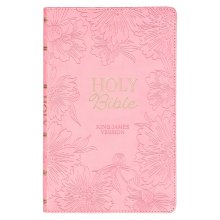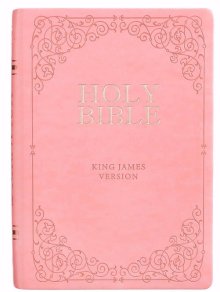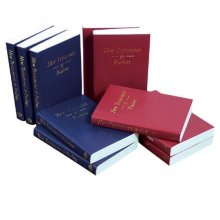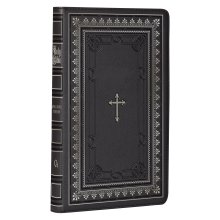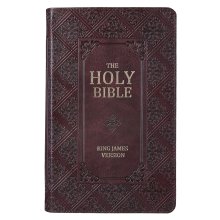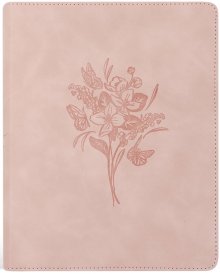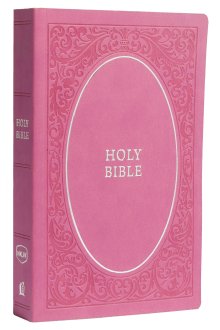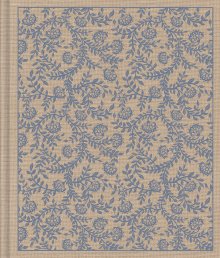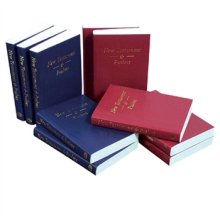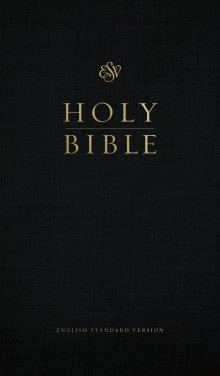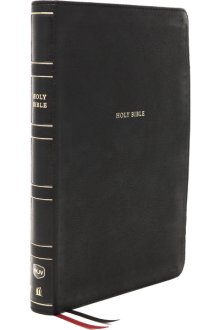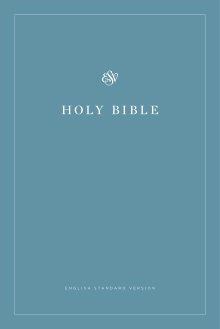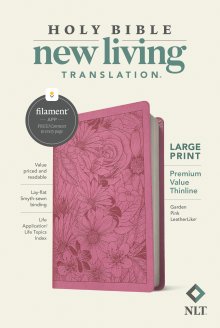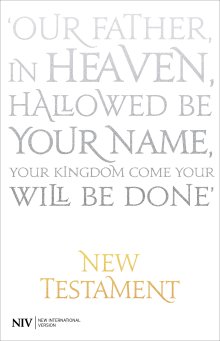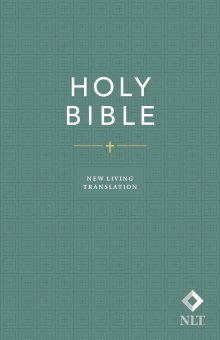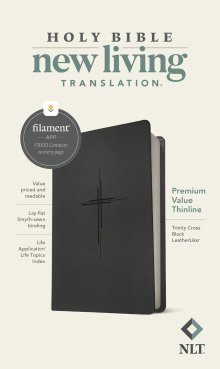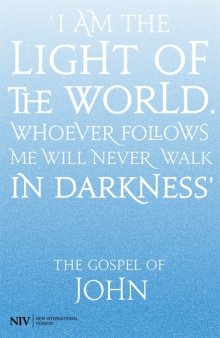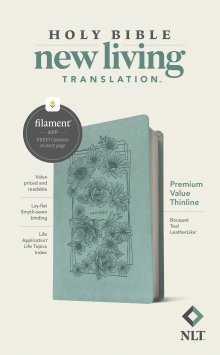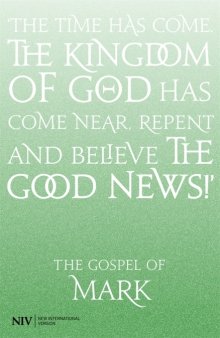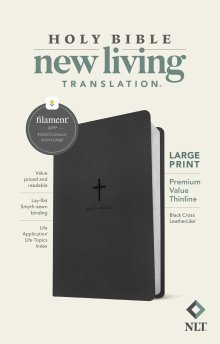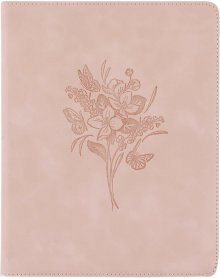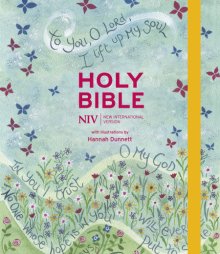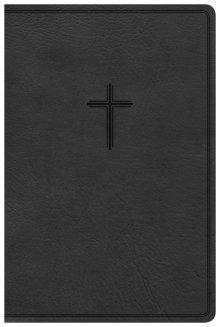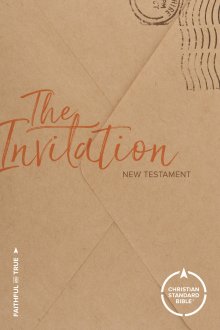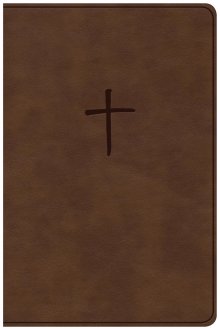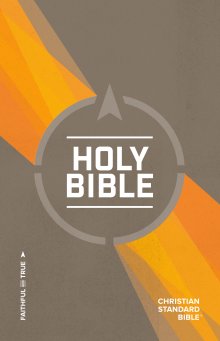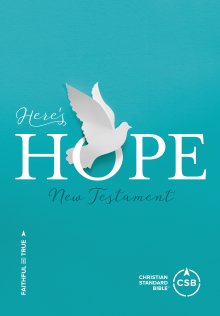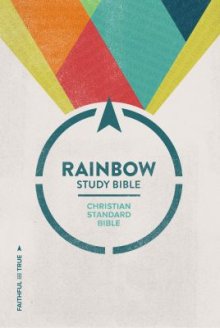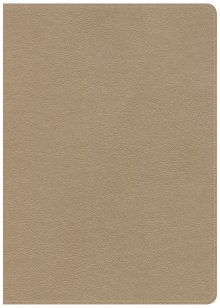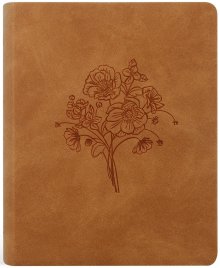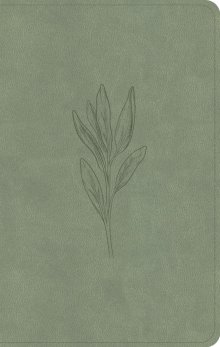What is Optimal Equivalence?
The Editor

A New Kind of Bible Translation
When we choose a Bible, we're doing more than just picking a cover. We are choosing a translator, a guide who will lead us through the ancient world of Scripture. But how do translators turn Hebrew and Greek into the English we read today? The answer lies in their translation philosophy, and a newer, highly-trusted approach called "Optimal Equivalence" is changing the game for modern readers.
To understand what makes this new philosophy so special, we first need to look at the two traditional paths a translator can take.
Path 1: "Word-for-Word" (Formal Equivalence)
The first path is a commitment to literalness. A "word-for-word" translation, also known as formal equivalence, tries to represent every single word of the original text as directly as possible. It aims to preserve the original sentence structure, grammar, and vocabulary.
This approach is fantastic for deep academic study, allowing you to see the mechanics of the original language. However, because languages are so different, a strict word-for-word rendering can sometimes sound stiff, unnatural, or even be confusing for a modern reader.
- Examples: King James Version (KJV), New King James Version (NKJV), English Standard Version (ESV).
Path 2: "Thought-for-Thought" (Dynamic Equivalence)
The second path is a commitment to readability. A "thought-for-thought" translation, or dynamic equivalence, focuses on getting the core message or "thought" of a passage across in the most natural way possible. The goal is for the text to have the same impact on today's reader as it did on the original audience.
This approach results in a Bible that is incredibly easy to read and understand, making it perfect for devotional reading or for those new to the Bible. The trade-off is that some of the specific wording and nuances of the original text are interpreted for you by the translator.
- Examples: New Living Translation (NLT), Good News Bible (GNB).
The Third Way: Optimal Equivalence
For centuries, readers have had to choose between these two paths. Do you prioritise accuracy or readability?
What if you didn't have to choose?
This is where Optimal Equivalence comes in. Pioneered by the multi-denominational team of over 100 scholars who developed the Christian Standard Bible (CSB), this philosophy seeks a "third way." It’s a scholarly and balanced approach that asks: "How can we be as literal as possible, but as readable as necessary?"
Optimal Equivalence works like this:
- For every verse, the starting point is a strict, formal translation.
- The translators then ask if this literal rendering is clear and readable in modern English.
- If it is, the literal translation is kept.
- If it isn't, they adjust the wording to make it more readable, while staying as close as possible to the original wording and structure.
It’s a philosophy that refuses to compromise, holding both accuracy and clarity in the highest regard. It provides the precision needed for serious study, without sacrificing the smoothness required for comfortable, everyday reading.
Let’s look at an example from 2 Corinthians 2:14:
- Word-for-Word (ESV): "But thanks be to God, who in Christ always leads us in triumphal procession..."
- Thought-for-Thought (NLT): "But thank God! He has made us his captives and continues to lead us along in Christ’s triumphal procession..."
- Optimal Equivalence (CSB): "But thanks be to God, who always leads us in Christ’s triumphal procession..."
Notice how the CSB retains the key theological language like "triumphal procession" found in the literal version, but is smoother and more direct than the ESV, and less interpretive than the NLT.
It hits the sweet spot.
Why It Matters For You
Choosing a translation is a personal decision, but understanding the philosophy behind it is key. For a long time, readers felt they needed two Bibles: one for "serious study" and one for "daily reading."
Optimal Equivalence is a modern Bible translation philosophy that balances the traditional "word-for-word" (formal equivalence) and "thought-for-thought" (dynamic equivalence) methods. Used by translations like the Christian Standard Bible (CSB), it aims to be as literal as possible to the original text while adjusting for readability when a direct translation would be unclear.
The beauty of a translation built on Optimal Equivalence is that it can be both. It's a single, trustworthy companion for every part of your spiritual life—from preparing a Sunday School lesson to your quiet time with a cup of coffee.
If you're looking for a modern Bible that you can trust for its faithfulness and cherish for its clarity, a translation like the Christian Standard Bible is the perfect place to start. It gives you the best of both worlds, providing a reliable window into the original text and a clear voice for today.
Explore our full range of CSB Bibles here and experience the refreshing balance of Optimal Equivalence for yourself.
Latest Blogs

Bibles
The 5 Best Pink Bibles (A 2025 Guide to Study, Journaling & Gift Editions)
Looking for the perfect pink Bible? Discover the best pink Bibles in NIV, KJV, NLT, and more—ideal for study, journaling, and gifting.

Bibles
The 5 Best Bibles for New Believers
Starting your faith journey? Discover the best Bible for new believers – easy-to-understand translations (NLT, NIV), helpful features, and tips for beginners. Shop Eden.

Bibles
The 5 Easiest Bible Translations to Read and Understand
Struggling to understand the Bible? Our simple guide reveals the 5 easiest translations to read, from the clear NLT to the contemporary Message, to help you start reading with confidence.

Bibles
The 5 Most Accurate Bible Translations (A 2025 Deep Dive)
A clear guide to the most accurate Bible translations. We explain the difference between "word-for-word" (ESV, KJV) and "thought-for-thought" (NIV, NLT) to help you choose.

Christmas Cards
Christian Christmas Cards Guide
Struggling to choose which cards to send this Christmas? We've collated our favourite ways to pick to take the guesswork out, and make your decision easier.

Featured
When Is Easter 2026? Why Does Easter Change Date?
Find out the date for Easter 2026 and learn the ancient calculation that determines when Easter Sunday and related holidays like Ash Wednesday fall each year.

